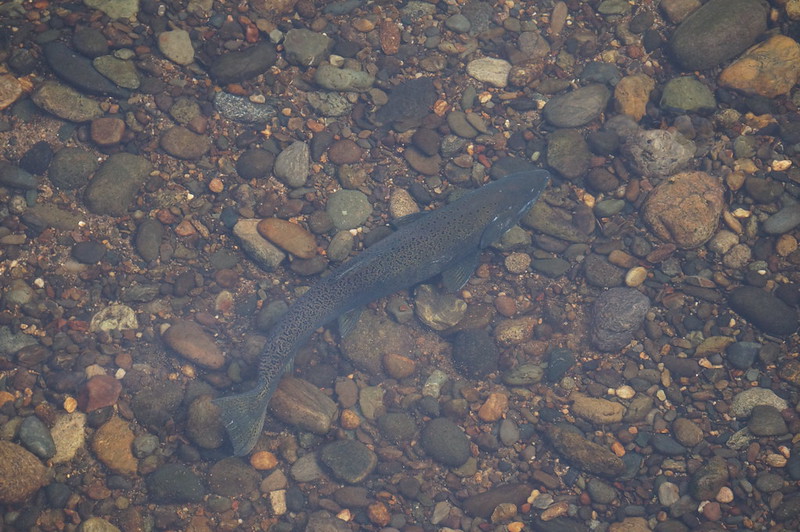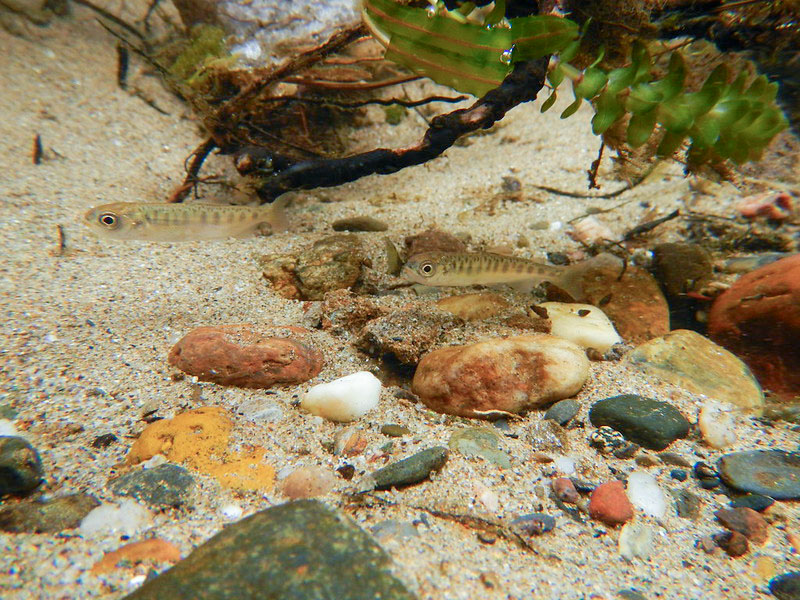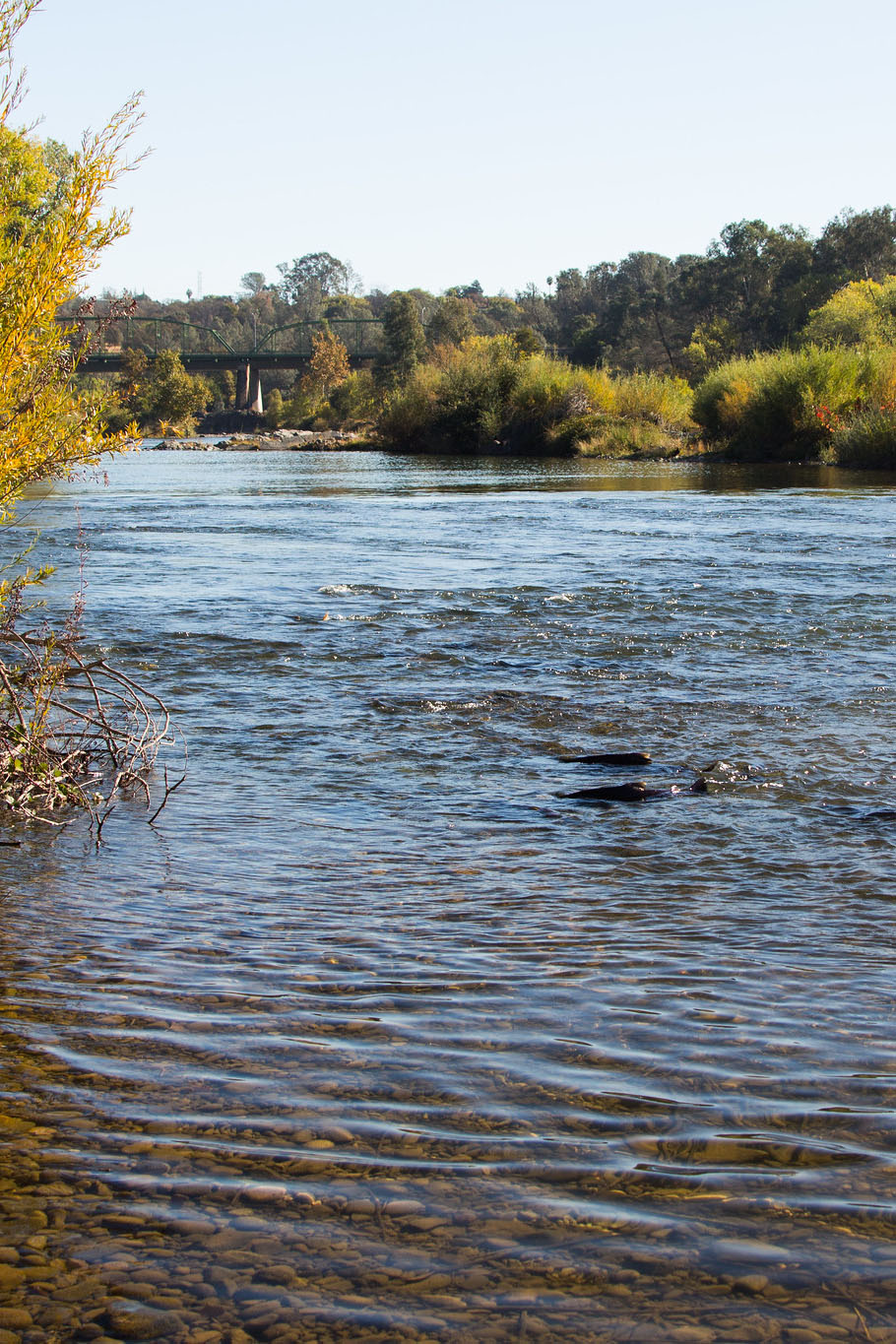Monday November 18, 2024

Each year, mature adult salmon travel hundreds of miles upstream from the ocean to complete their life cycle and spawn in tributaries where they were born 2 to 4 years prior. There are many twists, turns, and side channels that they need to traverse on their journey. Imprinted scent cues from their home stream during the juvenile life-stage help adult salmon find their way back to the same location years later. But scent is only one of the methods that salmon use to plot their course. Genetics, light polarization, and geomagnetic fields are some of the other ways that salmon navigate through rivers and oceans. Environmental conditions such as water temperature, flow, oxygen levels, and turbidity can create crucial hydraulic microhabitats and affect the decisions that fish make during their migration. A 2023 study by Sean Luis and Gregory Pasternack of UC Davis examined the influence of micro-hydraulic conditions on Chinook salmon behavior and habitat selection at a river confluence.

The study took place at the confluence of the Feather and Yuba Rivers in Northern California, an important migration point for anadromous fish seeking access to spawning grounds in the lower Yuba River. The researchers hypothesized that micro-scale hydraulic conditions at this meeting point such as water velocity, depth, Froude number (flow characteristics caused by acceleration and depth), conveyance (flow per unit width of a river channel), temperature, and turbidity would play a significant role in habitat selection and swimming behavior of migrating salmon. To test this hypothesis, the researchers used DIDSON sonar surveys to track individual fish movements and behavior (i.e. swimming, milling, or backtracking).

They also took hydraulic measurements such as velocity and depth, and recorded temperature and turbidity at several locations upstream, downstream, and within the confluence. They used the data to develop a model to predict fish detection rates and swimming behavior based on hydraulic conditions and water quality. The results of the study showed that detection rates of Chinook salmon were highest in deeper areas with higher conveyance, although depth alone was not a predictor of habitat selection. While it is well-known that higher river discharge attracts migrating salmon, one finding of this study indicated that, at the microhabitat scale, individuals were surprisingly attracted to areas of lower velocity. Temperature and turbidity also influenced fish behavior, where milling (a behavior in salmon where they circle in groups in one area before spawning) was correlated with higher turbidity and backtracking back downstream was linked to higher temperature. No predictor correlated with upstream swimming behavior.

While not explicitly studied, the results suggest that salmon may use hydraulic, temperature, and turbidity cues to help them locate their natal streams, in addition to scent and other homing mechanisms. Understanding how landscape-level and micro-habitat conditions interact to influence migration behavior may be an important tool for meaningful salmon conservation. Specifically, this study could help inform why some fish choose to return to certain streams other than one in which they were born. This behavior, known as straying, can have a negative impact on imperiled salmon populations.
Determining the optimal conditions to promote salmon migration to their birth streams requires an analysis of many interrelated elements. Further research is needed to fully understand the complex interplay of factors influencing salmon homing and straying. This may involve investigating the role of scent cues, social interactions, and hydraulic conditions. Long-term monitoring and modeling studies that examine how environmental factors influence migration can provide insights into how flow regimes in managed rivers may impact salmon migration behaviors.
Header Image Caption: Chinook salmon in the Stanislaus River
This post was featured in our weekly e-newsletter, the Fish Report. You can subscribe to the Fish Report here.
